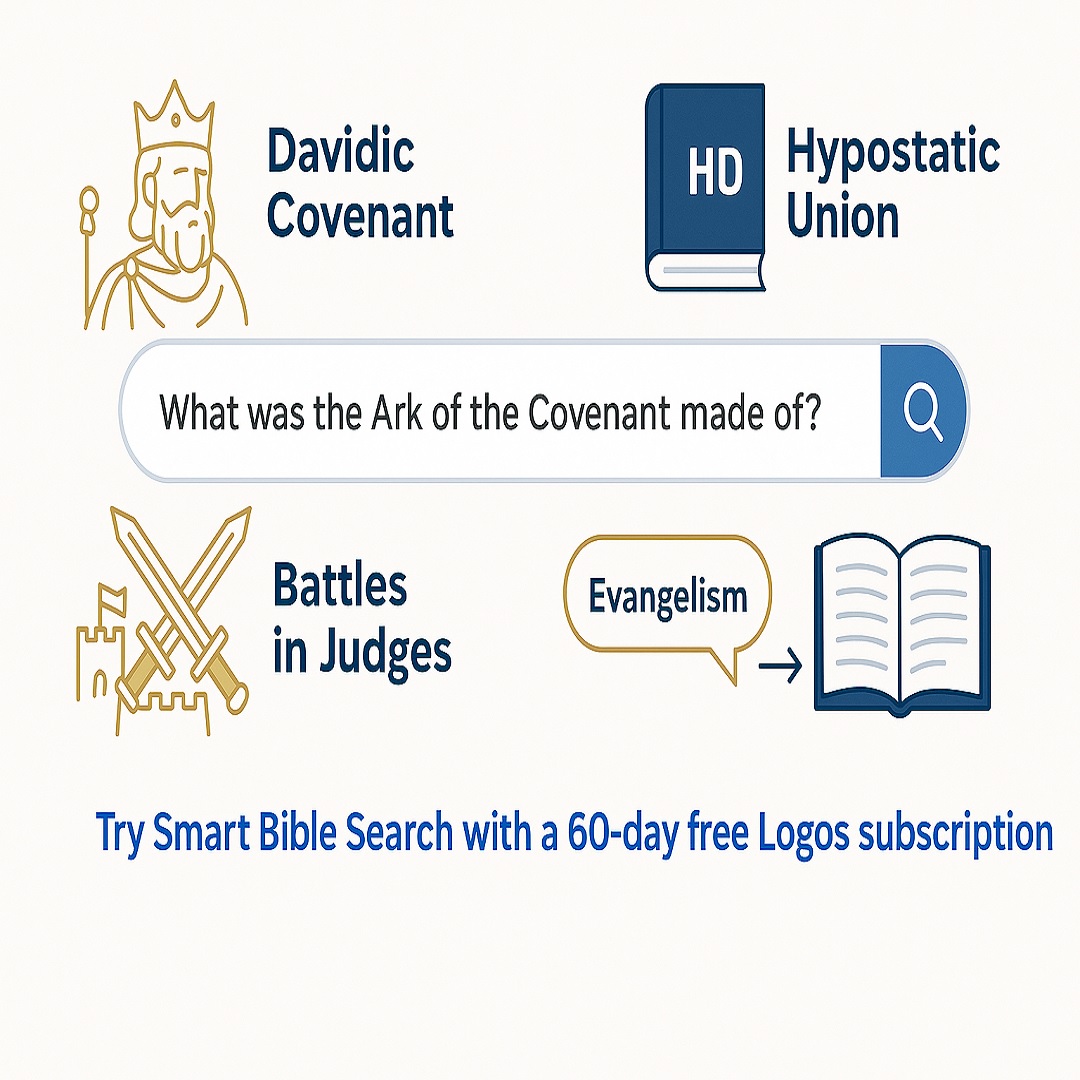I have previously shared insights into revival in biblical history and more recent centuries. But what about revival in medieval times? We often overlook that period, imagining only corruption, crusades, and cathedrals. However, spiritual renewal did not go silent. Revival in medieval times was real, timely, and often transformative. It preserved the Church’s witness and renewed faith during periods of widespread moral and societal decline.
Revival Is God’s Response to Decline
Throughout history, revival has emerged as God’s response to spiritual decay. When society drifts into darkness, the Spirit revives the Church. This was true in the early Church, during the Reformation, and even in the so-called “Dark Ages.” Revival in medieval times ensured that God’s truth did not disappear, even when religious institutions faltered. These movements may not have always looked like modern revivals, but they rekindled passion for holiness, truth, and mercy.
The Spirit Does Not Abandon His People
The Holy Spirit remained active throughout the medieval centuries. He stirred hearts, renewed monastic life, inspired reformers, and called Christians back to Scripture and service. Even during seasons when formal religion grew stale, individuals and communities embraced repentance, humility, and sacrificial obedience. Revival in medieval times shows that God never leaves His Church without a witness.
Societal Decline Invites Divine Intervention
History shows that God often moves in times of crisis. Political instability, spiritual corruption, and social breakdown often trigger renewal. Medieval Europe faced all these challenges. And at just the right time, God raised reformers, movements, and models of piety to renew His people. Revival came not through mass gatherings, but through obedience, prayer, and countercultural holiness.
Growth After Revival
One significant pattern holds true across all eras: after revival, growth follows. It may not always be rapid or visible. But revival plants seeds that bear fruit over time. The Church becomes healthier, more faithful, and often more outward-looking. This pattern held in medieval times. Revival sparked reform, and reform nurtured fresh mission and teaching. Over time, the Church expanded its influence, developed schools, and served the poor.
Examples of Medieval Revival
The following historical examples show that revival in medieval times was more than a spiritual idea—it was a lived experience. Each movement below reveals how God worked through different people, places, and practices to bring renewal:
- The Cluniac Revival (10th–12th centuries)
Location: Cluny Abbey, France
The Cluniac movement began in 910 AD, emphasising prayer, liturgy, and freedom from secular interference. It revived spiritual discipline across Europe.
Encyclopedia Britannica – Cluny - The Gregorian Reform (11th century)
Location: Rome and Western Europe
Pope Gregory VII led a reform that purified the Church by enforcing clerical celibacy and removing corruption, reigniting spiritual zeal.
Encyclopedia Britannica – Gregorian Reform - The Waldensian Movement (late 12th century)
Location: Lyon, France and surrounding regions
Peter Waldo preached repentance and Scripture in the vernacular. Though opposed by Church authorities, the movement stirred deep grassroots piety.
Encyclopedia Britannica – Waldenses - The Franciscan Movement (13th century)
Location: Assisi, Italy and across Europe
St. Francis inspired revival through poverty, humility, and gospel preaching. The Franciscans called Europe back to joyful, Christ-centred devotion.
Franciscan Media – Saint Francis of Assisi - The Devotio Moderna (14th–15th centuries)
Location: The Low Countries (Netherlands, Belgium)
This movement emphasised personal devotion, humility, and meditation on Christ. It produced The Imitation of Christ and influenced later reformers.
Encyclopedia Britannica – Devotio Moderna
What Can We Learn Today?
Modern churches may feel pressure to manufacture revival or wait for emotional renewal. Yet history teaches another lesson. Faithful obedience, sacrificial love, and spiritual discipline often create the environment where God moves. The Church today can learn from medieval believers who lived holy lives despite cultural darkness. They show us that revival does not require spectacle. It requires surrender.
Carrying the Flame Forward
The work God began in medieval Europe continued across centuries. What started in monasteries or backstreets eventually impacted entire nations. Even when revival fades, its effects endure. That slow, faithful growth builds on revived foundations. Let us remember that revival in medieval times was not about fireworks—it was about fire. And that same fire can still burn in our hearts and churches today.


 Search The Bible the way you have always wanted to.
Search The Bible the way you have always wanted to.

 The most complete Bible study Platform. Start you Free trial Now!
The most complete Bible study Platform. Start you Free trial Now!


